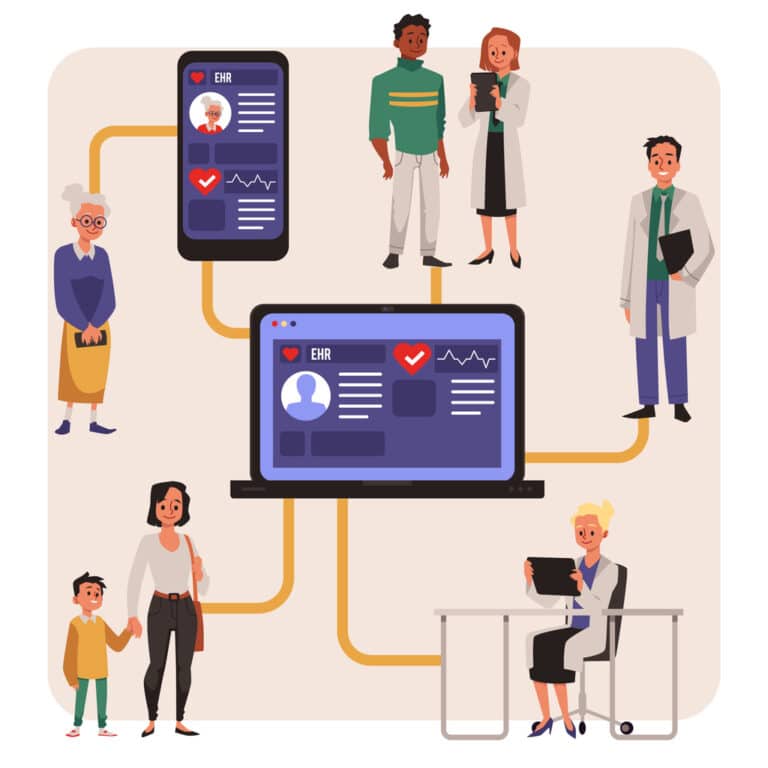If you’re like most small business owners, you may be overwhelmed by the sheer thought of adding social media to your practice’s marketing strategy. But you can’t ignore it. Social media has evolved beyond a platform for the average person to make virtual connections into a plethora of communications functions that often overlap with marketing and sales. You’ve set up your page; what comes next?
Where are your patients and their families?
They are all on social media. There is no other single way of marketing where you can reach such a wide audience of people. The possibilities are limitless. It’s important to target the social media channels where your patients or their family members may be. Facebook’s biggest group of users are women ages 30 to 49, while Twitter is more popular with men ages 18 to 29. If you want to reach the children of Baby Boomers or the spouses of Generation X, Twitter may not be right for your practice but Facebook might.
Why are you here?
You’ve identified which platforms your practice should be on, but why are you here? The business world has adapted social media into their marketing strategies, but a ‘Like’ or a comment doesn’t necessarily translate into a monetary return. It’s best to think of social media as a giant, on-going conversation. This conversation can help you connect with your audience and lead them to your website, online appointment system or your phone number. A study by GE Capital Retail Bank found 81 percent of consumers researched goods and services online before buying. If your potential patients search for your practice online, don’t you want to be seen? Posting quality content often will help you stay in front of social media audience. Even more important is identifying what action will put them on a path toward an appointment at your practice.
Are you paying attention to what your audience is saying?
Social media is a conversation. That means you should post, but equally important is interacting with your audience. How do you do that? Share news articles your patients will not only be interested in but will actually click on. Post the human side of your practice with staff birth or graduation announcements, or volunteer opportunities your team has participated in. And don’t be afraid to respond to a negative comment with a well-crafted response apologizing for their experience and inviting them to speak directly with your practice about their concerns. After watching your page for a while, you will start to see what your audience likes and dislikes by how they are interacting with your posts, their comments and their reviews. This can help you build future marketing strategies, get to know you audience better, and make positive changes to your practice based on patient feedback.
Need some help?
If this still seems like a daunting task or you are concerned about the time commitment needed to diligently monitor your practice’s social pages, there are options. Try working with an agency such as Fuel that can help you navigate your social pages. Not only can Fuel help you post engaging content, we can help you with social SEO, branding, advertising and community relations.
Contact your Marketing Manager to learn how we can help fuel your social media efforts.


